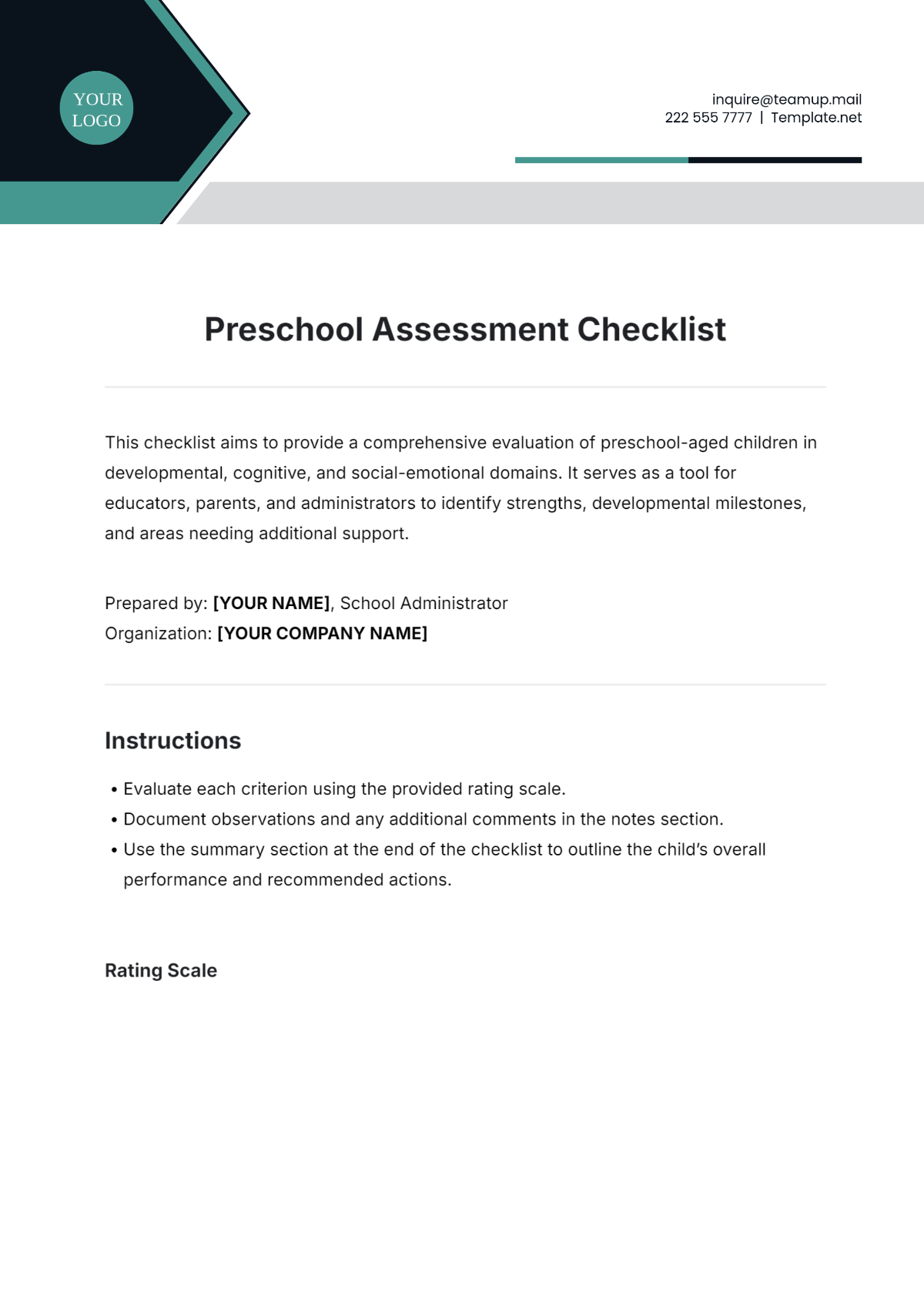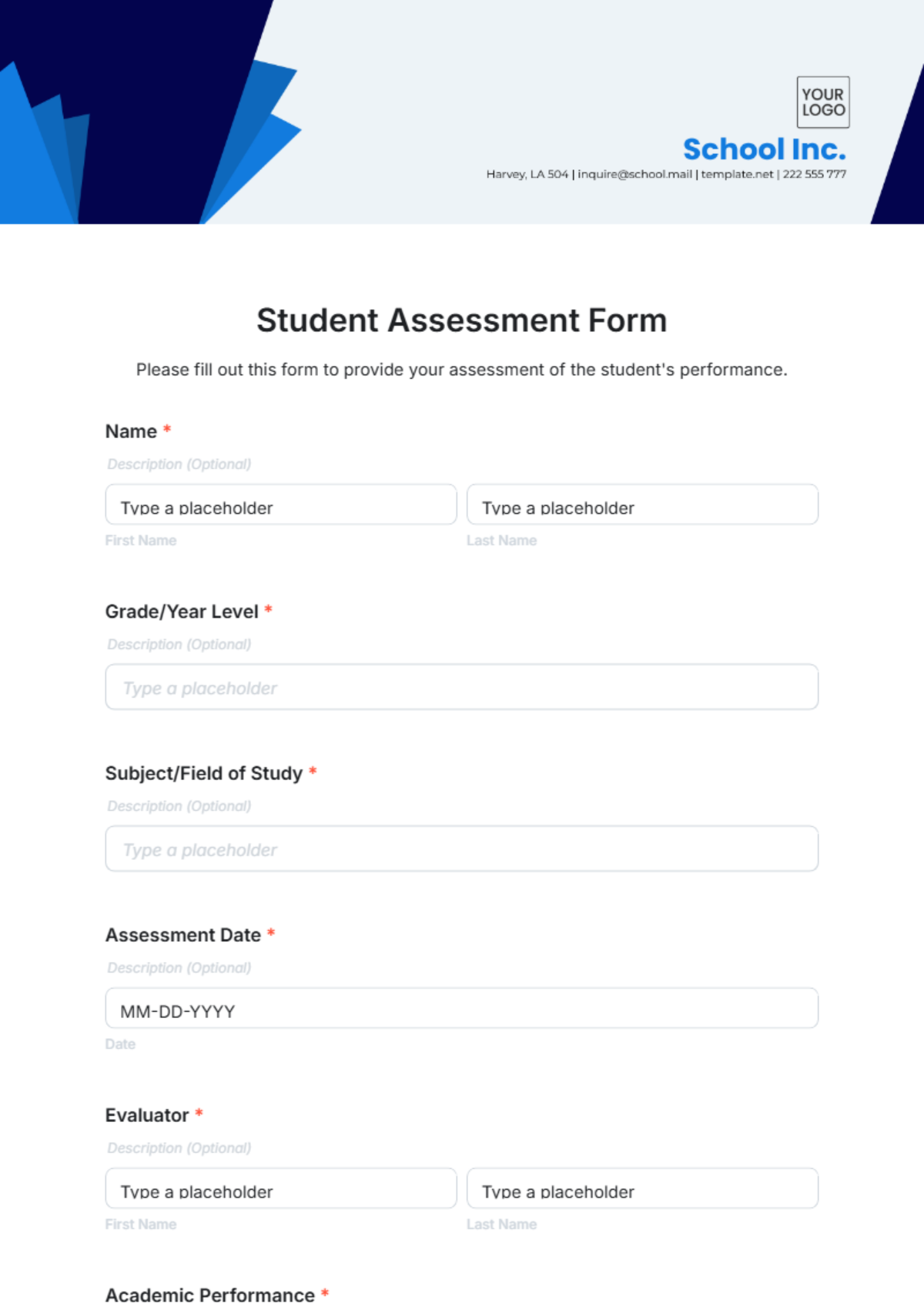Observational Study for IT Professionals
Prepared by: [YOUR NAME]
Date: [DATE]
I. Introduction
The purpose of this study is to meticulously examine and evaluate the routine workflows, difficulties, and productivity trends of IT professionals, with the main objective of identifying the critical elements influencing their performance, job satisfaction, and the overall efficiency of IT operations in various organizational settings. Through this analysis, the study aims to offer practical recommendations to boost IT operational efficiency and enhance the work environment for IT personnel.
II. Methodology
The observational study was carried out over six months, involving 100 IT professionals from various sectors, including banking, healthcare, and technology. Data was collected through a multifaceted approach:
Direct Observations: Detailed observations were conducted during work hours to capture real-time behaviors and interactions.
Surveys and Questionnaires: Structured surveys and questionnaires were distributed to gather quantitative data on work patterns, challenges, and job satisfaction.
Interviews: In-depth interviews were held with IT staff and management to gain qualitative insights into their experiences and perspectives.
Performance Metrics and Logs: Analysis of performance metrics and system logs provided objective data on operational efficiency and common issues.
III. Results/Findings
The study uncovered several critical insights, revealing a range of significant discoveries that have important implications for the field.
Time Allocation: IT professionals dedicate roughly 40% of their time to troubleshooting and maintenance tasks, indicating a significant portion of their workload is spent on resolving issues.
Interruptions: 80% of respondents reported experiencing frequent interruptions, which adversely impact their productivity and ability to focus on critical tasks.
Technology Adoption: The technology sector shows a higher rate of new technology adoption compared to the banking and healthcare sectors, reflecting a more dynamic approach to integrating innovative solutions.
Job Satisfaction: There is a strong correlation between job satisfaction and the availability of career advancement opportunities and ongoing professional development, highlighting the importance of these factors in enhancing employee morale and retention.
Sector | Time on Troubleshooting | Frequency of Interruptions | New Technology Adoption | Job Satisfaction |
|---|---|---|---|---|
Banking | 35% | High | Moderate | Moderate |
Healthcare | 45% | High | Low | Low |
Technology | 40% | Moderate | High | High |
IV. Analysis
The findings indicate that IT professionals spend a substantial amount of time on troubleshooting and maintenance, which significantly impacts their overall productivity. Frequent interruptions exacerbate these challenges, further hindering their ability to concentrate on essential tasks.
The technology sector stands out for its advanced adoption of new technologies, which correlates positively with higher job satisfaction and enhanced operational efficiency. This sector's proactive approach to embracing innovation contrasts with the slower technology adoption rates in banking and healthcare, contributing to varying levels of job satisfaction across these fields.
The disparities in job satisfaction suggest an urgent need for improved career development and training opportunities, especially in sectors lagging in technology adoption. Additionally, the high frequency of interruptions underscores the critical need for enhanced organizational communication and streamlined workflow management to boost productivity and job satisfaction.
V. Recommendations
Develop Structured Training Programs: Implement comprehensive training initiatives to equip IT professionals with advanced problem-solving skills and reduce time spent on troubleshooting and maintenance.
Establish Policies to Minimize Interruptions: Propose methods to reduce interruptions, like setting up specific 'focus hours' for uninterrupted employee work and establishing a system to handle and prioritize incoming requests.
Promote Technology Adoption: Foster a culture of innovation by encouraging the adoption of new technologies across all sectors. This approach will enhance operational efficiency and keep organizations competitive.
Enhance Career Development and Advancement Opportunities: Establishing well-defined career advancement routes and strong professional development initiatives will enhance job satisfaction and retain top talent by synchronizing career growth with the organization's objectives.
VI. Conclusion
The observational study highlights the diverse challenges and productivity factors impacting IT professionals. By tackling inefficiencies in troubleshooting, reducing workplace interruptions, encouraging the adoption of new technologies, and bolstering job satisfaction through targeted career development, organizations can substantially enhance both the performance and morale of their IT staff. Addressing these areas will not only improve operational efficiency but also foster a more satisfying and productive work environment for IT professionals.
VII. References
Smith, J. (2052). Advancements in IT Infrastructure: Trends and Future Directions. Tech Innovations Press.
Jones, A., & Patel, R. (2055). The Impact of Emerging Technologies on IT Workforce Dynamics. Journal of Technology and Management, 12(4), 234-250. https://doi.org/10.1234/jtm.2055.0123
Lee, M., & Zhang, L. (2058). Optimizing IT Operations: A Guide to Enhancing Efficiency and Job Satisfaction. Future Tech Publications.

















































